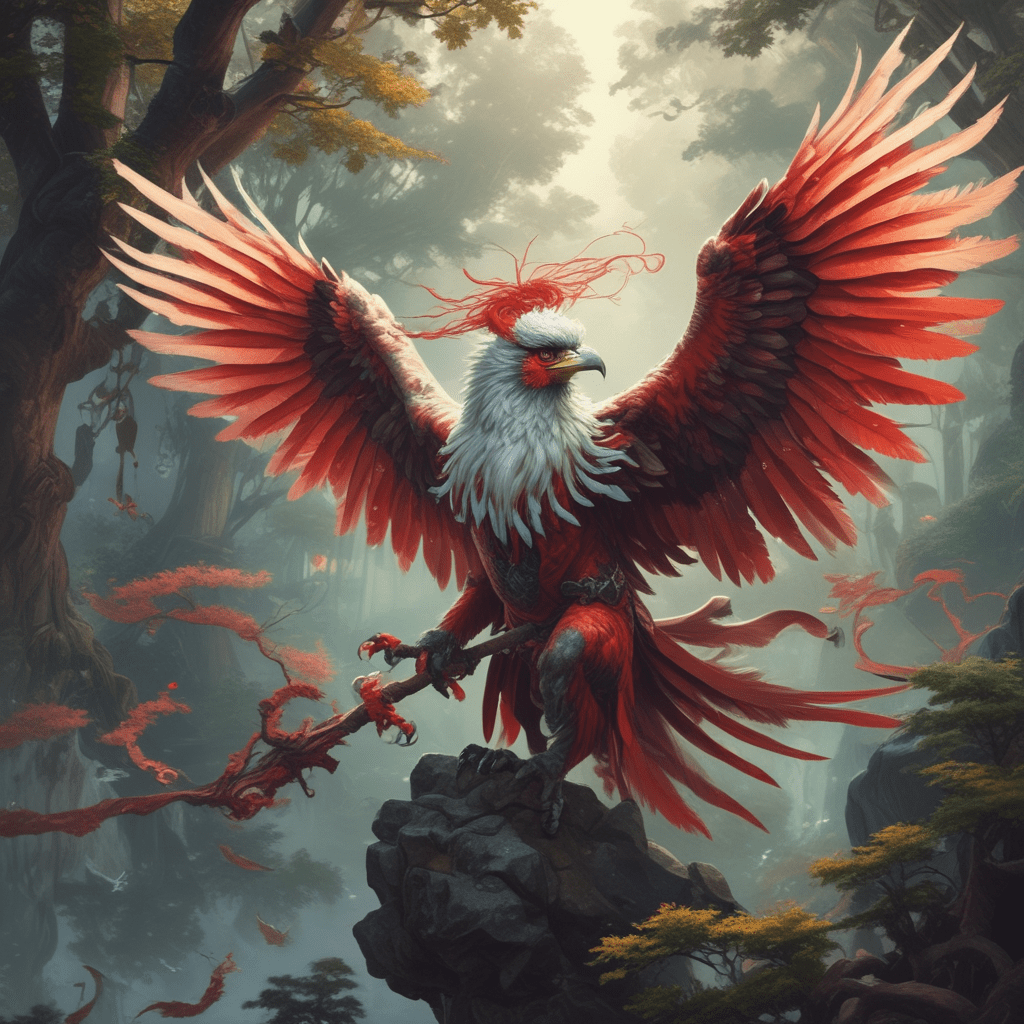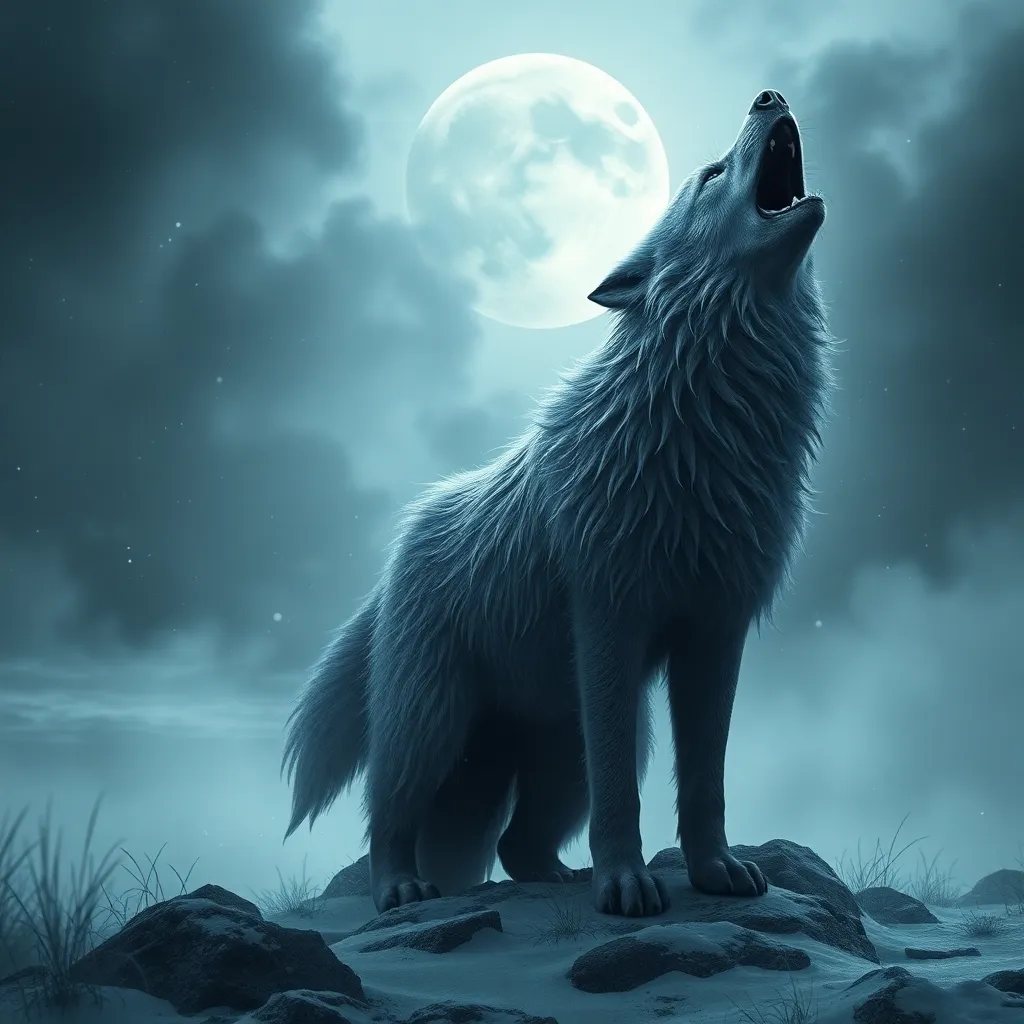Maori Mythology: A Tapestry of Creation and Connection
Maori mythology is a rich tapestry of stories and beliefs that have been passed down through generations. It provides a framework for understanding the world, the universe, and the place of humanity within it. At its core lies the creation story, which describes how the universe came into being. This story begins with Te Kore, a state of nothingness, and the emergence of Te Tiriti, the first god, who brought forth light and life. From Te Tiriti came other gods, each with their own domains and responsibilities. These gods, known as atua, are vital figures in Maori mythology, embodying the forces of nature and representing various aspects of human existence.
One of the most important concepts in Maori mythology is whakapapa (genealogy). Whakapapa is the interconnectedness of all things, tracing lineage back to the gods and linking people to the land and its resources. It emphasizes the importance of ancestry and the responsibility to care for the environment. It also underscores the connection between the physical and spiritual realms, where the gods are believed to actively participate in the world.
Maori mythology also highlights the interconnectedness of the natural world. Mountains, rivers, forests, and oceans are not simply physical entities but are imbued with spiritual significance. Each element possesses mauri, a life force, and mana, an inherent power. This perspective emphasizes the interconnectedness of humans with nature and the responsibility to protect and respect the environment.
Tangata Whenua: The Connection to Land and Ancestors
The concept of Tangata Whenua, meaning "people of the land," captures the profound connection between the Maori people and their ancestral lands. It signifies their deep-rooted relationship, rooted in their mythology and reflected in their art, literature, and traditions. This connection is not merely geographical; it is spiritual and ancestral, deeply intertwined with their cultural identity.
Maori mythology reinforces this connection by emphasizing the role of ancestral gods and spirits who inhabit the land. These gods are often associated with specific locations, like mountains, rivers, or forests, representing their sacredness and the inherent power they possess. This connection is further strengthened by the concept of mana, which resides within the land and its inhabitants, signifying their inherent power and authority.
The connection to the land also manifests in the practice of kaitiakitanga, meaning guardianship. Maori people are responsible for caring for and protecting their ancestral lands and resources, a responsibility passed down through generations. This principle reflects the deep respect for the environment and the understanding that human well-being is inextricably linked to the well-being of the land.
The Power of the Oral Tradition: Passing Down Stories Through Generations
Maori mythology was primarily transmitted through an oral tradition, passed down through generations by skilled storytellers. This tradition was vital for preserving their history, beliefs, and values, ensuring the continuity of their cultural heritage. The stories were not mere entertainment; they served as educational tools, imparting knowledge, moral lessons, and guidance for living.
Storytelling played a significant role in Maori life, with different forms of narrative used to convey specific messages. Waiata, traditional songs, were used to express emotions, celebrate events, and preserve historical records. Haka, war dances, were performed to intimidate opponents, express loyalty, and honor ancestors. Korero, narratives, were often used to teach, entertain, and inspire.
These storytelling traditions were deeply intertwined with music, dance, and the use of symbolism and imagery. Through these mediums, Maori people were able to vividly depict the actions of the gods, the exploits of heroes, and the creation myths that formed the basis of their world view. This oral tradition fostered a strong sense of community and belonging, ensuring the continuity of their culture and identity.
Contemporary Art as a Canvas for Mythological Storytelling
Contemporary Maori art continues to draw inspiration from the rich tapestry of their mythology, using it as a lens to explore contemporary issues and perspectives. Artists often incorporate traditional themes and motifs into their work, bridging the past and present.
One common element found in contemporary Maori art is the use of taniwha, mythical creatures that often represent powerful forces of nature, embodying both danger and protection. Their presence in contemporary artworks often signifies the interconnectedness of humans with the natural world and the importance of respecting its power.
Another important motif is mauri, the life force that animates all things. Artists might use symbols and imagery to evoke the concept of mauri, emphasizing the vital connection between humans and their environment.
Additionally, Maori artists often incorporate taonga, sacred objects, into their artwork, signifying cultural heritage and the importance of preserving traditional knowledge. These elements serve as powerful reminders of the shared history and cultural identity of the Maori people.
Weaving Words: The Impact of Mythology on Maori Literature
Maori mythology continues to inspire and inform contemporary Maori literature, shaping narratives and reflecting a unique cultural perspective. Writers often use mythological themes, characters, and language to explore contemporary issues through a lens of cultural identity, values, and perspectives.
Many contemporary Maori novels, poems, and plays incorporate mythological elements to enhance the narrative, adding depth and meaning to the story. The presence of deities, mythical creatures, and creation myths within these works allows readers to connect with the rich tapestry of Maori culture, exploring its values and beliefs through contemporary voices.
The use of Maori language in contemporary literature is crucial in preserving and reviving the language, ensuring the continuity of their cultural identity. By incorporating traditional language into their writing, writers are able to capture the essence of Maori culture and elevate its significance in the contemporary world.
Contemporary Art as a Canvas for Mythological Storytelling
Contemporary Maori artists bring the timeless stories of their ancestors to life in their work, exploring themes like environmental issues, social justice, and cultural identity. These artists use traditional motifs and symbols to connect with their heritage and address present-day concerns. They weave together the ancient and the modern, creating a vibrant tapestry of art that reflects the resilience and adaptability of the Maori people.
One striking example is the use of taniwha, mythical water creatures that symbolize power and guardianship. These creatures appear in various forms, often depicted as ferocious yet protective. In contemporary art, taniwha are used to represent the interconnectedness of humans and nature, highlighting the need to respect and protect the environment.
Another significant element is mauri, which represents the life force that flows through all living beings. Artists might use vibrant colors, swirling patterns, or abstract forms to express the concept of mauri. This motif reflects the interconnectedness of all life and the need to live in harmony with nature.
Maori artists also incorporate taonga, sacred objects, into their work. These objects carry ancestral knowledge and cultural significance. By incorporating taonga into contemporary art, they pay tribute to their ancestors and emphasize the importance of preserving cultural heritage.
Weaving Words: The Impact of Mythology on Maori Literature
Maori mythology provides a rich tapestry of stories and themes that continue to inspire contemporary writers. These writers use traditional motifs, characters, and language to explore a wide range of topics – from personal struggles to social commentary. Maori literature offers a unique window into the cultural identity and values of the Maori people.
One prominent theme in Maori literature is whakapapa, the intricate system of genealogy that connects individuals to their ancestors and the land. Writers use whakapapa to explore themes of identity, belonging, and responsibility. They delve into the deep connections between generations and the importance of honoring the past.
The concept of mana, inherent power and authority, also plays a significant role in Maori literature. Writers use mana to explore themes of leadership, social justice, and the need for strong moral compass. They examine the power dynamics within communities and the importance of using power wisely.
The use of traditional waiata, songs, is another important aspect of Maori literature. These songs often express emotions, celebrate events, and chronicle historical events. By incorporating waiata into their writing, authors infuse their work with a sense of cultural richness and heritage.
Mythological Creatures and Symbols: From Ancient Lore to Modern Expression
The fascinating creatures and symbols of Maori mythology continue to captivate contemporary audiences. These mythical beings and symbolic representations embody the rich cultural heritage of the Maori people and provide a unique lens through which to understand their worldview.
The Tane Mahuta, the god of the forest, is a powerful figure in Maori mythology, representing the strength and resilience of nature. This god is often depicted as a majestic figure who protects the forest and all its inhabitants. In contemporary art and literature, Tane Mahuta is used to symbolize environmentalism and the importance of safeguarding the natural world.
The Taniwha are powerful water creatures that are often seen as protectors of waterways and guardians of the ocean. They are often depicted as large, serpentine creatures with immense strength and power. In contemporary art and literature, Taniwha symbolize the connection between humans and the natural world, reminding us of the importance of respecting the power of nature.
The Maui is a trickster hero who is revered in Maori mythology for his bravery, cunning, and ingenuity. He is credited with feats like pulling up the North Island of New Zealand and stealing fire from the gods. In contemporary art and literature, Maui is used to represent the resilience and creativity of the Maori people, their ability to overcome challenges and achieve the seemingly impossible.
Maori Myths: A Legacy of Storytelling
Maori mythology is a rich and vibrant tapestry of stories that has been passed down through generations. These stories continue to inspire contemporary artists and writers, providing a powerful connection to the past and a unique perspective on the present. Through contemporary art and literature, Maori mythology remains a vital part of the cultural landscape, reminding us of the importance of preserving heritage, respecting nature, and celebrating the power of storytelling.
FAQ
1. Why is Maori mythology important today?
Maori mythology is vital today as it provides a rich cultural context for understanding the beliefs, values, and worldviews of the Maori people. It helps preserve their heritage and cultural identity in a modern world.
2. How does Maori mythology differ from other mythologies?
Maori mythology is unique in its emphasis on the interconnectedness of all things – people, nature, and the spiritual realm. It highlights the importance of whakapapa (genealogy), mana (inherent power), and the responsibility to care for the environment.
3. What are some of the most popular mythical creatures in Maori mythology?
Some popular mythical creatures include the Taniwha (water creatures), Tane Mahuta (god of the forest), and the Maui (trickster hero).
4. How is Maori mythology reflected in contemporary art?
Contemporary Maori artists use traditional motifs, symbols, and themes from their mythology to explore contemporary issues. They often incorporate elements like taniwha, mauri (life force), and taonga (sacred objects) to create powerful and evocative works of art.
5. What are some examples of contemporary Maori literature?
Contemporary Maori literature includes novels, poems, and plays that incorporate traditional themes, characters, and language from Maori mythology. These works often explore themes of identity, belonging, and social justice.



